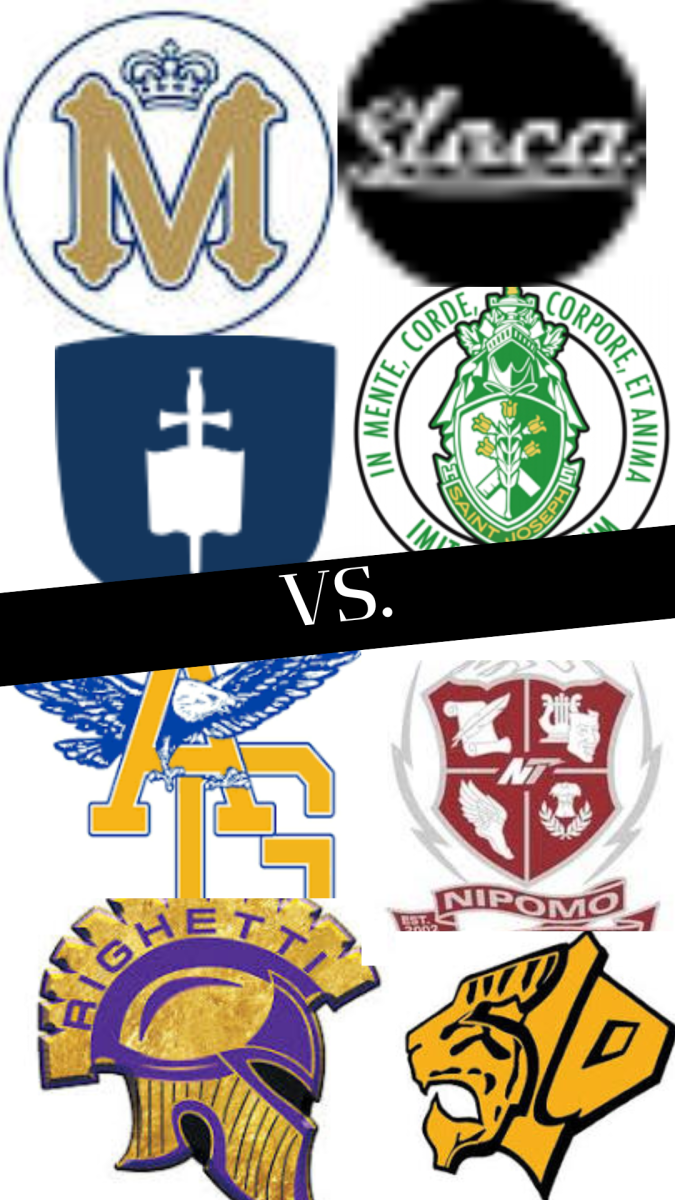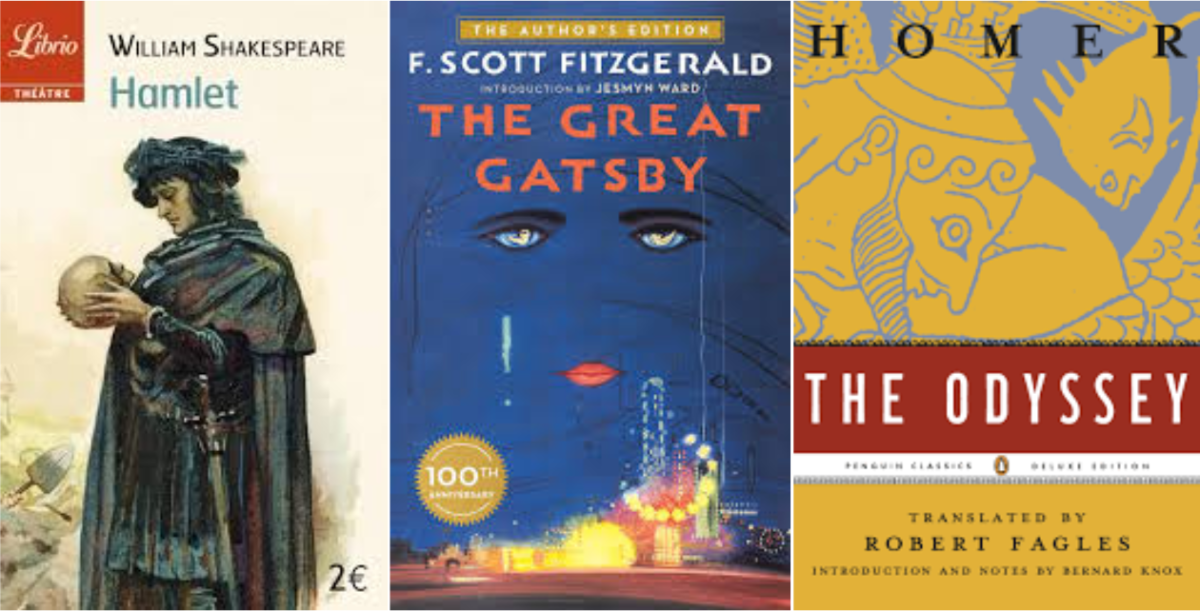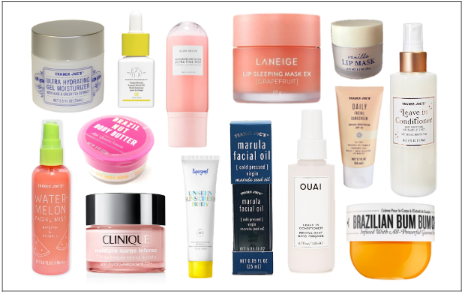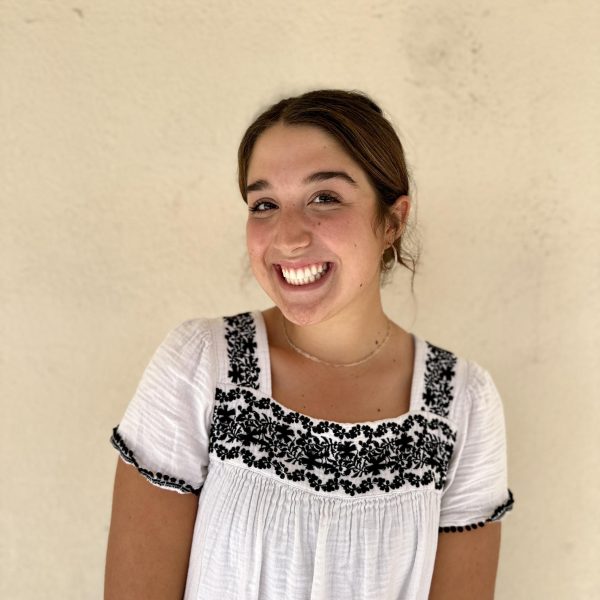The typical high school student wants freedom and fun in their day-to-day lives. Academics, clubs, and leadership get in the way of these desires but are the primary factors of a student’s chance of college acceptance. Yet, the real question is, which type of school gives students a brighter future for academics or interests they want to pursue?
Public schools are funded by the state. The governmental school system requires students to take certain classes, but also funds classes that might align with students’ desired career paths. Even with tuition, private schools don’t always offer the unique courses offered in public schools.
“Things are free [at public schools],” Ave Castanos (’26) said. “You get really great benefits even from things you don’t have to pay for.”
Private schools are known to have students with higher GPAs, yet they can create a more stressful environment for students. Public and private schools supply multiple online classes a student can take, yet private schools will take more time away from a student’s social or primary life due to the extra classes needed. At public schools, such as AGHS, students can have a shorter schedule that allows for online courses.
“I definitely prefer public school,” Sophia Ferreira (’26) said. “[Although] public school is much more academically challenging because of the college classes [or] if you’re doing AP classes and dual enrollment.”
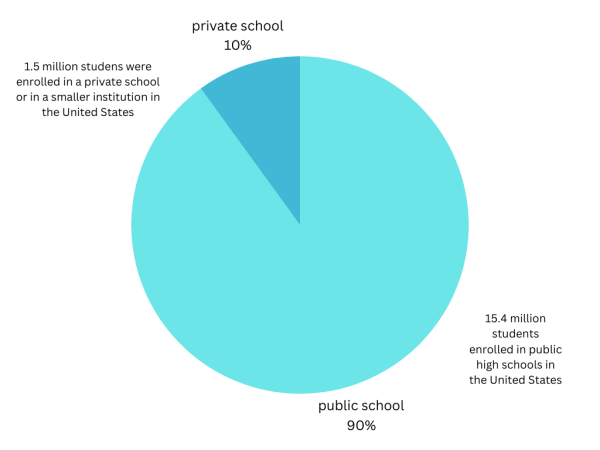
Public and private school students create clubs that aim to build a community around something they love. Public schools have more diverse student groups who each have different interests. Yet Private schools have a smaller community of students that tend to conform.
“Public school usually has more people and wider ranges of types of people, so you will find all sorts of different clubs, [different] ethnicities, and [different] communities,” Paul Pelypec (’26) said.
School spirit motivates students to show up to pep rallies, school or sporting events. Public schools tend to have bigger communities of students that can be more fun and exciting for the student body. On the other hand, due to their generally smaller communities, private schools tend to create a more tight-knit environment.
“[In] Private school, the teachers focus on [the students] more for the environment, and [I think] it is a lot more low-key,” Ferreira said. “But also its pressure because everyone knows everyone’s business. ”
Private and public schools are both known for preparing students for life after graduation. Public schools usually have more diverse student populations, freedom of social advocacy, and a variety of future interests.
“[I think] public school is way more diverse than private school, obviously because it’s more accessible. Clubs generally are more plentiful in public school, yet it doesn’t always necessarily mean they are better,” Pelypec said.
Private schools are good for students who feel more comfortable in a smaller community and in a more intimate setting among the teachers and students. Yet, public schools offer more options for students to explore interests and prepare for the life ahead.

